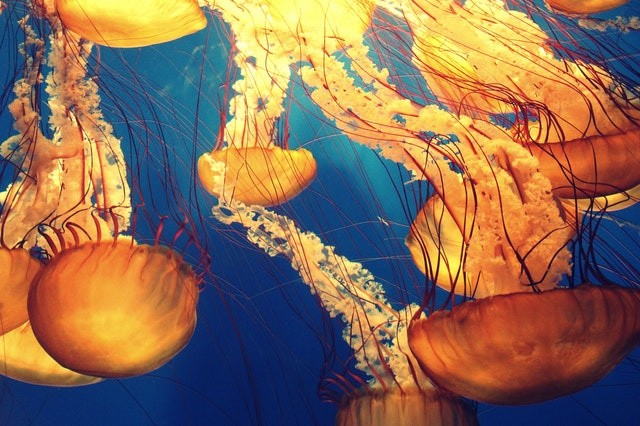The study released in Proceedings journal of the Royal Society indicates that the oceanic creatures since Ediacaran era share genes with today's animals, both humans.
A geology professor at UC Riverside Mary Droser explained that none of these creatures had skeletons or heads. A lot of them likely appear like a three-dimensional bathmats on the seafloor and circular discs that hung up.

Genetic Examination of Present Living Things.
How different are these animals? These creatures are so different and strange, it impossible to assign them to modern species of living organisms only by looking at them, it's not like we can remove their DNA - it's not possible.
Still, well-conserved fossil documentation has enabled Mary and the research's initial author, Scott Evans, a new UCR doctoral graduate to connect the animals' image and possibly behaviors to the genetic examination of present living things.
The scientists examined four animals representative of the over 40 well-known species that have been identified from the Ediacaran period, for their examination. These animals roamed in size from a few millimeters to almost a meter in length.
The Teardrop-Shaped Creatures
Kimberella were teardrop-shaped creatures with one large, circular end and one small end that possibly grazed the seafloor for food with a proboscis.
They could further move about using a sturdy foot similar to snails today. The research involved horizontal, oval-shaped Dickinsonia with a sequel of raised hoops on their Tribrachidium and surface, who lived their lives pinned at the bottom of the sea.
Also evaluated were Ikaria, animals newly found by a group including Evans and Mary. They were around the size and shape of a crumb of rice, and depict the first bilaterians - organisms with a back, openings, and front at either end lined by a gut.
Evans explained that Ikaria had possibly mouths, although those weren't kept in the fossil documents, and they creeped through organic matter, "chewing it as they went."
Multicellular Creatures
All four of the creatures were multicellular, with distinct cell classes. Many had symmetry on their right and left sides, as well as noncentralized musculature and nervous systems.
Furthermore, they appear to have the ability to rebuild damaged body parts through a procedure known as apoptosis. The exact genes included are vital elements of the human immune system which assists in destroying pre-cancerous and virus-infected cells.

The Sensory and Head Organs
These creatures possibly had the genetic parts in charge of sensory and the head organs mostly found there. Still, the intricacy of interaction between these genes that would arise to such traits had not yet been obtained.
Evans explained: "The fact that we can say these genes were workings in something that is been defunct for half a billion years is intriguing to me. The operation was aided by a Peter Buck postdoctoral fellowship, and a NASA Exobiology grant.
Moving forward, the group is scheming to investigate muscle growth and functional research to gain a better understanding of early animal evolution. Mary explained: "Our job is a way to lay these animals on the tree of life, in some aspects". "And indicate they're genetically connected to us and the present animals."
RELATED ARTICLE : Mysterious 'Sea Beast' Found Drifted on Beach, Experts Attempt to Identify the Creature
For more news, updates about mysterious creatures and similar topics don't forget to follow Nature World News!
© 2025 NatureWorldNews.com All rights reserved. Do not reproduce without permission.





